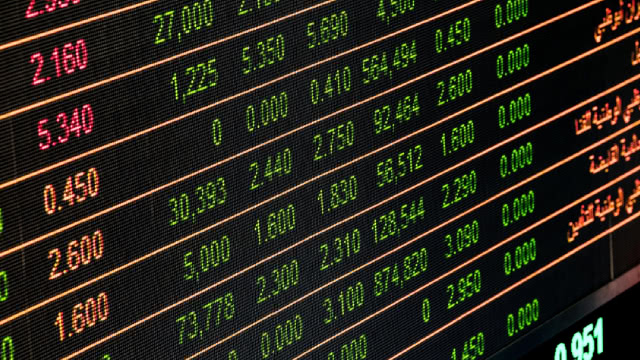
Direxion Daily Semiconductor Bull 3X Shares (SOXL)
Summary

SOXL vs. SSO: How These Leveraged ETFs Compare on Risk, Returns, and Diversification
SOXL's 3x leverage and semiconductor sector focus create far higher risk and volatility than SSO's broad 2x S&P 500 exposure. SOXL offers a lower expense ratio, but it's suffered a much deeper 5-year max drawdown and lower risk-adjusted returns.
ETF of the Week: Direxion Daily Semiconductor Bull 3X Shares (SOXL)
VettaFi's Head of Research Todd Rosenbluth discussed the Direxion Daily Semiconductor Bull 3X Shares (SOXL) on this week's “ETF of the Week” podcast with Chuck Jaffe of “Money Life.” For more news, information, and strategy, visit the Leveraged & Inverse Content Hub.

Video: ETF of the Week: SOXL
On this episode of the “ETF of the Week” podcast, VettaFi's Head of Research, Todd Rosenbluth, discussed the Direxion Daily Semiconductor Bull 3x Shares (SOXL) with Chuck Jaffe of Money Life. The pair discussed several topics related to the fund to give investors a deeper understanding of the ETF.
Direxion Daily Semiconductor Bull 3X Shares (SOXL) FAQ
What is the stock price today?
On which exchange is it traded?
What is its stock symbol?
Does it pay dividends? What is the current yield?
What is its market cap?
Has Direxion Daily Semiconductor Bull 3X Shares ever had a stock split?
Direxion Daily Semiconductor Bull 3X Shares Profile
| ARCA Exchange | US Country |
Overview
The fund is designed for investors seeking robust exposure to the U.S. semiconductor sector through a financial instrument that offers 3X daily leveraged exposure. By investing primarily in swap agreements, the securities of the index, and ETFs tracking the index, the fund aims to provide investors with thrice the daily performance of a rules-based, modified float-adjusted market capitalization-weighted index. This index is specifically curated to track the thirty largest semiconductor companies listed in the United States, offering a concentrated look at this dynamic sector. The fund's strategy is straightforward yet potent, leveraging financial derivatives to magnify the daily performance outcomes. Given its focus on a single sector and the use of leverage, the fund is considered non-diversified, meaning it may exhibit higher volatility and risk compared to more diversified funds.
Products and Services
- Swap Agreements
- Securities of the Index
- ETFs that Track the Index
Swap agreements form a core component of the fund's investment strategy, providing the mechanism through which leveraged exposure to the semiconductor index is achieved. These are derivative contracts through which two parties exchange financial instruments, such as interest rates or cash flows, based on the specified underlying assets. In the context of this fund, swap agreements are used to emulate 3X the daily return of the semiconductor index, amplifying both potential gains and losses.
Direct investment in the securities that comprise the index is another method through which the fund achieves its investment objective. This includes buying shares of the thirty largest U.S. listed semiconductor companies as outlined by the index's rules-based methodology. This approach seeks to mirror the index's movements and, by extension, the sector's performance, offering investors straightforward exposure to the semiconductor industry.
Another vital component of the fund's investment strategy involves the use of Exchange-Traded Funds (ETFs) that directly track the semiconductor index. These ETFs aggregate the performance of the companies within the index, providing diversified exposure within the sector. When used in combination with swap agreements and direct securities investment, ETFs contribute to achieving the leveraged exposure to the sector's daily performance fluctuations. This strategy allows investors to potentially capitalize on both the upward and downward movements of the semiconductor market.







